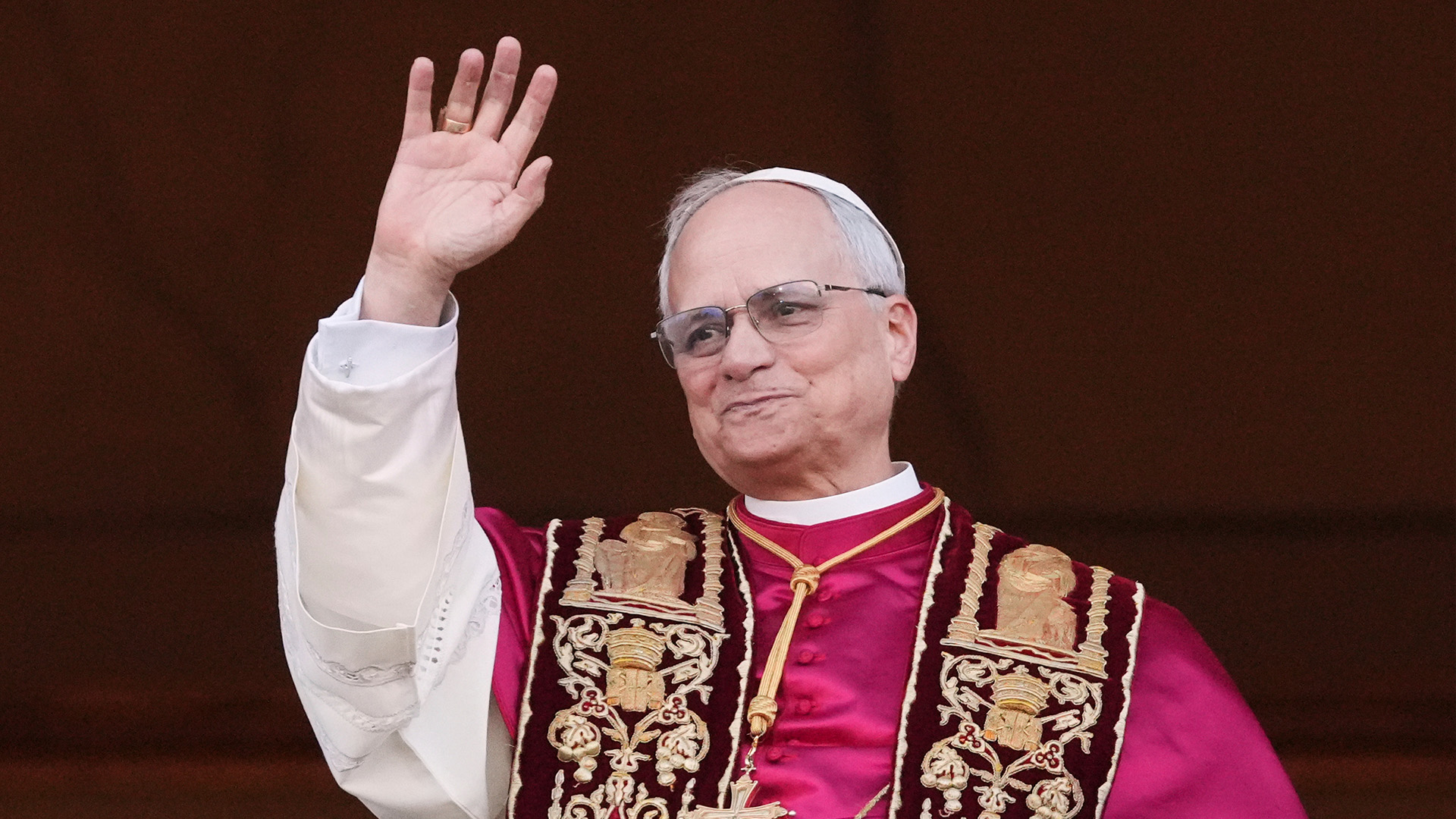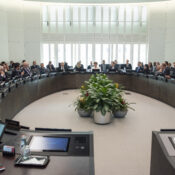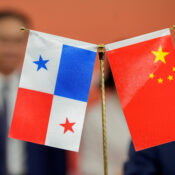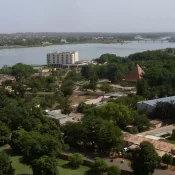
Everything you should know about Pope Leo XIV
The election of an American as pope is the first in history. On Thursday, May 8, the College of Cardinals selected Cardinal Robert Francis Prevost, who was born in Chicago in 1955, to take over as head of the Roman Catholic Church after Pope Francis.
As the 267th pope to lead more than 1.4 billion Catholics worldwide, he will be known as Pope Leo XIV.
As the first US pope, his election marks a significant turning point in the history of the Catholic Church, which is becoming more and more influenced by voices from both the northern and southern hemispheres.
The 133 cardinal electors convened in the Sistine Chapel for days of secret deliberations, prayer, and discernment before the conclave made its decision.
Amid appeals for continuity with Pope Francis’ priorities—particularly on social justice, pastoral engagement, and curial reform—Cardinal Prevost emerged as a leading candidate.
Pope Leo XIV, a member of the Order of Saint Augustine (O.S.A.), combines theological knowledge, pastoral experience, and capable leadership in Church organizations.
He became a priest in 1982 after professing his vows in 1981 and joining the Augustinians in 1977. He served as a missionary in the Piura region of northern Peru during his early career, interacting with the indigenous populace.
Prevost spent a large portion of his career serving in Peru and was fluent in Spanish and knowledgeable about Latin American culture. In the Archdiocese of Trujillo, he served as a community prior, a director of formation, and a professor of canon law and theology.
He assisted in training seminarians at the “San Carlos e San Marcelo” Major Seminary and served as judicial vicar from 1989 to 1998.
He later served two periods as prior general of the global Augustinian order after returning to the United States in 1999 to take on the role as provincial prior of his religious province.
He returned to work in Chicago after resigning in 2013, but Pope Francis nominated him as the apostolic administrator of Chiclayo, Peru, a year later.
He became the diocese’s official leader in November 2015 after being anointed as a bishop in December 2014.
He was well-liked for his pastoral awareness and commitment to formation while serving as the bishop of Chiclayo.
He strengthened his position in the Latin American Church in 2018 when he was elected second vice president of the Peruvian Episcopal Conference.
Prevost was progressively integrated into the main administration of the Vatican by Pope Francis. He became a member of the Congregation for the Clergy in 2019. He was appointed to the Congregation for Bishops, which oversees the selection of new bishops, a year later.
He was also named the Diocese of Callao’s apostolic administrator in 2020.
One of the most influential positions in the Church, the Prevost Prefect of the Dicastery for Bishops, was appointed by Pope Francis on January 30, 2023.
In that role, Prevost oversaw the bishop selection process, which contributed to the formation of the global hierarchy. He also strengthened his influence in ecclesiastical matters outside of any one region by serving as president of the Pontifical Commission for Latin America.
When he was given the deaconry of Santa Monica in September 2023, he was promoted to the College of Cardinals. Serving on several Vatican departments, or dicasteries, such as those for Evangelization, Doctrine of the Faith, Eastern Churches, Clergy, Consecrated Life, Culture and Education, and Legislative Texts, as well as the Pontifical Commission for Vatican City State, he participated in the highest governing circles of the Church as a cardinal.
Prevost was an excellent choice for the conclave because of his background in academic knowledge, curial leadership, religious government, and missionary service.
His long-standing emphasis on power and service in ecclesial life was highlighted in his doctoral dissertation, which examined leadership in religious communities and was prepared at the Angelicum in Rome.
Pope Leo XIV is seen as a centrist, yet his stances within the Church are a mix of traditional and progressive. He has continuously spoken up for those who are marginalized, particularly the impoverished and migrants.
He also supports traditional Church teaching, which opposes the ordination of women as deacons.
His papal name, Leo XIV, is symbolic of two previous popes: Leo I “the Great,” who asserted papal authority and defended Christian doctrine in times of crisis, and Leo XIII, a 19th-century intellectual giant whose encyclical Rerum Novarum served as the cornerstone of Catholic social teaching.
All Categories
Recent Posts
Tags
+13162306000
zoneyetu@yahoo.com



